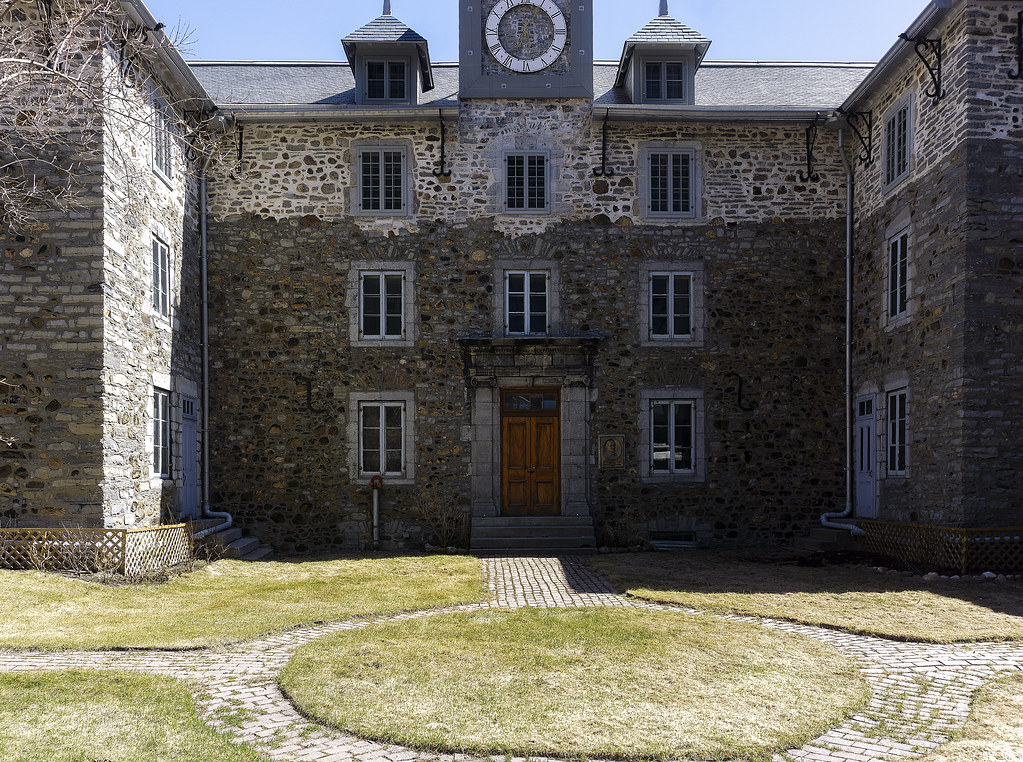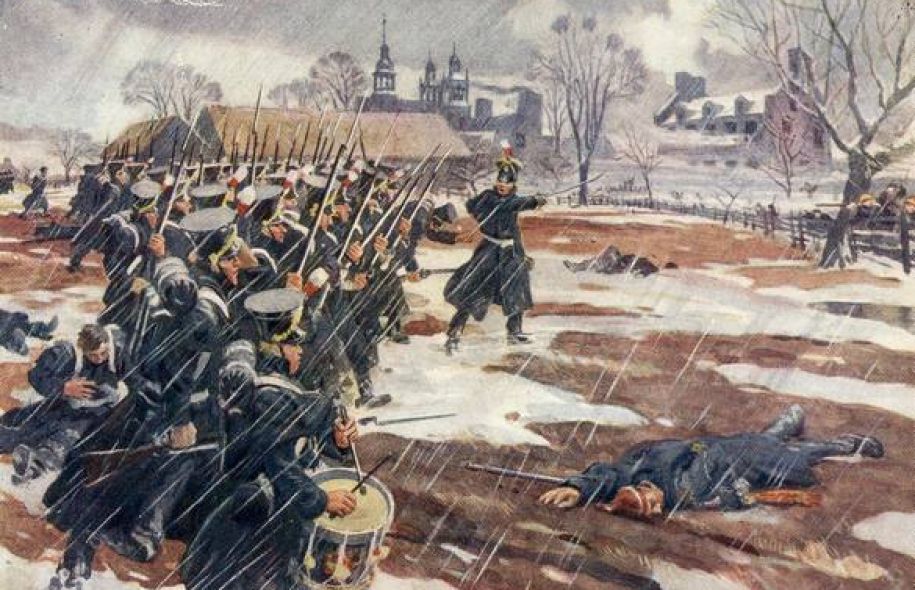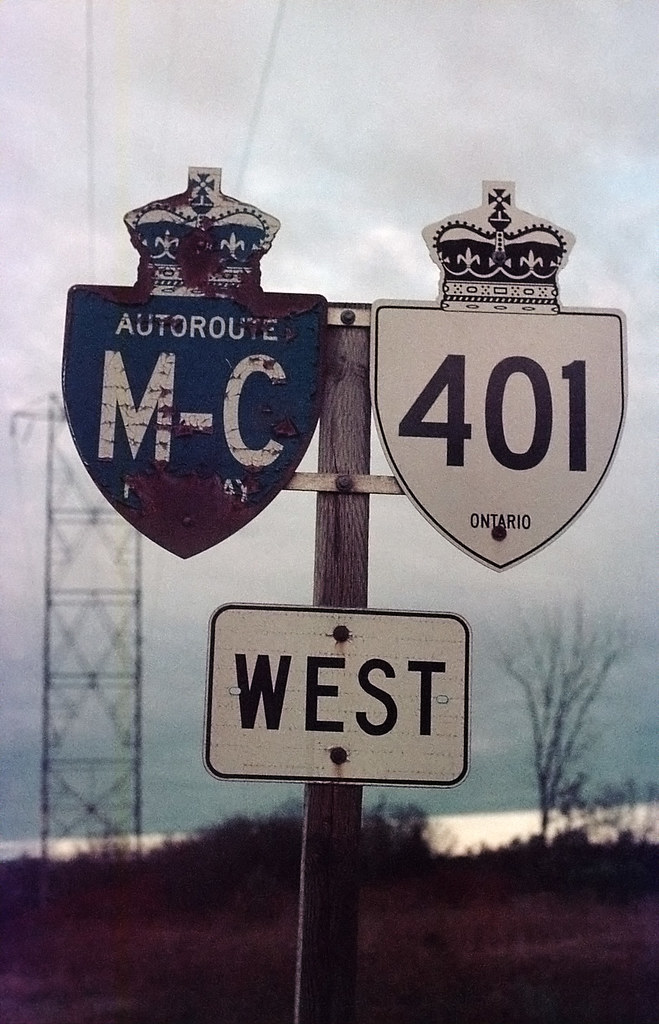When it comes to political change in Canadian history, there has always been two behind any major change. Robert Baldwin and Louis La Fontaine for example, and while George Brown would play a major role it would be George-Étienne Cartier who would provide political support to John A MacDonald but ensure that French-Canadien culture would not be lost. Born the 6th of September 1814 in Sainte-Antonie-sur-Richelieu in Lower Canada. Baptised with the name George in honour of King George III. But George’s family already had a long history in the new world, even claiming relation to Jacques Cartier (although there is no evidence to support the claim). He would fall initially under the tutelage of his mother as there was no school in his home town, but he would undertake higher education in the College of the Suplican Order in Montreal. Here he stood out as both a brilliant and apt student. After he graduated in 1831 he continued his learning under Montreal lawyer Éduard-Étienne Riodeir. He continued to show his aptitude as he studied and while under the tutelage of Rodier he would come in contact with the Lower Canada Reform society, going on in 1834 working for the election campaign of Joseph-Louis Papineau. As he became closely involved in the Les Fils de la Liberté, or Sons of Liberty. Here he would show his artistic flare composing two patriotic hymns for the society, Oh Canada, Mon Payes, Me Amour and Avant Toute, Je Suis Canadien (Oh Canada, My Country, My Love and First and Foremost, I am Canadian).

Sony a6000 + Sony E PZ 16-50mm 1:3.5-5.6 OSS
Cartier would in the future not consider his participation in the Lower Canada Rebellion as a rebellion against the crown of England, but rather against the small minority who sought to oppress Lower Canada. That being the Chateau Clique (a Tory elite in the same vein as the Family Compact). And yet, when the rebellion opened in November 1837, Cartier was among the Sons of Liberty at the Battle of Saint-Denis. When the Patriots were thrown back by the British forces under Sir John Colborne, Cartier would head into hiding. First in a farm of a family member and then when discovered headed into self-imposed exile in the United States, first Plattsburg and then Burlington Vermont. His days in exile were not happy ones, he had no love of the Americans and had no desire to continue his involvement with Papineau. In 1838 he successfully petitioned Lord Durham and secured his return to Lower Canada. He restarted his law practice in Montreal, becoming the solicitor for the St. Lawerence & Atlantic Railroad and the Society of the Priests of Saint Sulpice. When the first elections were called for the United Province he would become the campaign manager for a fellow lawyer and former Patriot Louis La Fontaine. Both he and La Fontaine desired to see the reestablishment of the Lower Canada Assembly and the allowance for the French Civil Code to be used rather than English Common Law in the courts. Encouraged by the successes made by the Reform Society and the unity between the English and French members, Cartier would seek and be elected to the Assembly in 1848. His presence in the Assembly would pit him against Papineau in defending La Fontaine’s Rebellion Losses Bill, his support gave him a position the Baldwin/La Fontaine government.

From Library and Archives Canada [Public domain], via Wikimedia Commons
During his time in the cabinet, he assisted in eliminating the Seigneurial System in Canada East and championed the bill to create the Grand Trunk Railway. His involvement in Grand Trunk would become a bit of an issue as he also served as the railway’s lawyer and legal advisor. However, he did manage to keep his fees to a minimum and did not let his position in government affect his advice to Grand Trunk and vice-versa. After Baldwin and La Fontaine resigned and Francis Hincks and Augustus Morian took over as co-premieres, Cartier initially refused to serve in their government. But he would eventually take the role of Attorney General for Canada East, he found a fast ally in the attorney general for Canada West, John A. MacDonald. When Cartier took over as party leader for the conservative-leaning Parti Bleu, he would see an appointment as Premiere alongside MacDonald. The two men would become not only strong political allies but also friends. As the debates surrounding a permanent capital for the province waged on in the Assembly to stop the constant movement between Canada East and West, Cartier would bring up the idea of Ottawa. The former logging community and the canal town of Bytown had put forward their name, Cartier would show that Ottawa would be the perfect choice as it sat between Canada East and West, tactically it was easily defensible. With Cartier’s recommendation, Queen Victoria would go on to make the final selection of Ottawa. Cartier would continue to side with MacDonald even with the constant flipping of the governments during the early 1860s, and when MacDonald suggested a coalition with George Brown, Cartier agreed. Like Brown, Cartier feared undue English influence on Canada East, as Brown feared French influence on Canada West. The two would agree that the Union of the two provinces needed to end, and when the idea to unite with the other British North American provinces, he knew there was a chance to gain his long-sought goal of a reestablishment of new government in Canada East. During the Charlottetown and Quebec Conferences, Cartier would seek to protect the French-Canadian culture and model of government. He would support the idea of a blended union, with sharing power with the Federal Government. This allowed the newly rechristened province of Quebec to have it’s only Legislative Assembly and governor under a modified Civil Code, based on the Napoleonic Code. He would have to make allowances to protect the English minority in Quebec, but the Roman Catholics elsewhere in the new Confederation would receive the same protection. During the first Federal election, Cartier ran for the Liberal-Conservatives and see election. MacDonald would appoint his old ally to the post of Minister of the Militia. Cartier would also run and win a seat in the National Assembly of Quebec (The Quebec Legislature). At the time one could serve in both the House of Commons and a Provincial Government without issue. For his role in the creation of the Dominion of Canada, Queen Victoria would create Cartier a Baronet.

Nikon F5 – AF DC-Nikkor 105mm 1:2D – Kodak Tri-X 400 @ ASA-400 – Kodak D-76 (1+1) 9:45 @ 20C
Cartier would go on to support MacDonald’s attempts to expand Confederation by negotiating with England and the Hudson Bay Company on behalf of Canada for sale of Rupert’s Land, which would be added to the Dominion as the North-West Territories. When Louis Reil began to cause trouble in the Red River Colony making demands to add it as a Province. Cartier would go on to support the demands made by Riel and his provisional government. However, he kept his support of Riel and his wish of amnesty for the Metis leader quiet when the government sent Canadian Militia out alongside British troops to quell the insurrection. And thanks to Cartier, when the Red River Colony was added to the Dominion as the Province of Manitoba, the demands made by Riel were included in the Manitoba Act. But for Cartier, his days would be numbered as in 1871 he received a diagnosis of the onset of Bright’s Disease, a swelling and failure of the kidneys. It would also begin to affect his judgement. This would come to a head a year later during the first bill to create the intercontinental railway. Cartier, along with the whole government, would be caught up in a bribery scandal and a Liberal government would be elected in the next election. Taking advantage of being on the opposition, he would go to London to seek treatment. But the medical knowledge of the day would not have a treatment and the condition worsened until his death on the 20th of May 1873. His body would be returned to Canada and after an extensive funeral procession would be laid to rest in Montreal’s Cimetière Notre-Dame-des-Neiges.

Nikon F3 – AI-S Nikkor 50mm 1:1.4 – Kodak Kodachrome 64 @ ASA-64 – Processing By Dwayne’s Photo
Most of the public memorials to Cartier are rightfully in Quebec. A grand monument stands on Mount Royale in Montreal as does his residence which today is a National Historic Site and a museum to one of the Fathers of Confederation. Not to mention a number of schools and streets bear his name. In Ontario, a statue of Cartier stands on Parliament Hill but was inaccessible to me when I visited due to extensive construction on around the Parliament Buildings. Ottawa’s airport bears the twin names of MacDonald-Cartier as does the official name of Highway 401, being the MacDonald-Cartier Freeway. But today those names have fallen into disuse, and even the blue M-C shields along the highway have all but disappeared. Cartier, like many of the other members of the group known as the Father of Confederation, is often forced to play second fiddle to John A MacDonald. And yet, Cartier played an important role both in leading up to Confederation and after the fact. Cartier ensured that Quebec remained a bastion of French-Canadian culture and ensure the French language maintained and today is enshrined in Canada’s official bilingualism. He also ensured support among French-Canada for Confederation and often fought against potential American annexation. But we also have to remember, that at one point, Cartier was a rebel complete with a warrant out for his arrest and death.